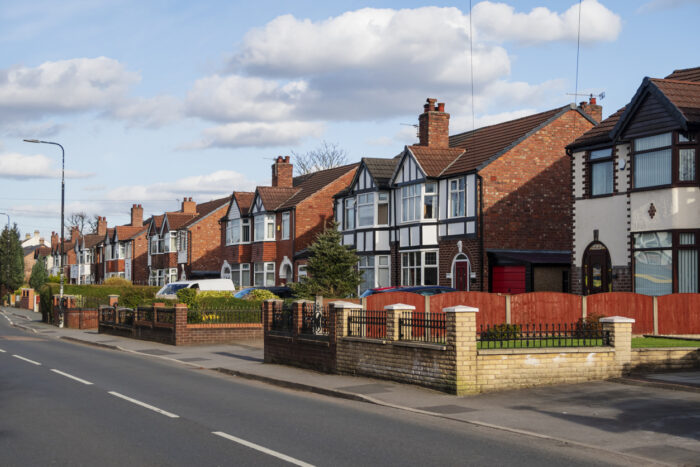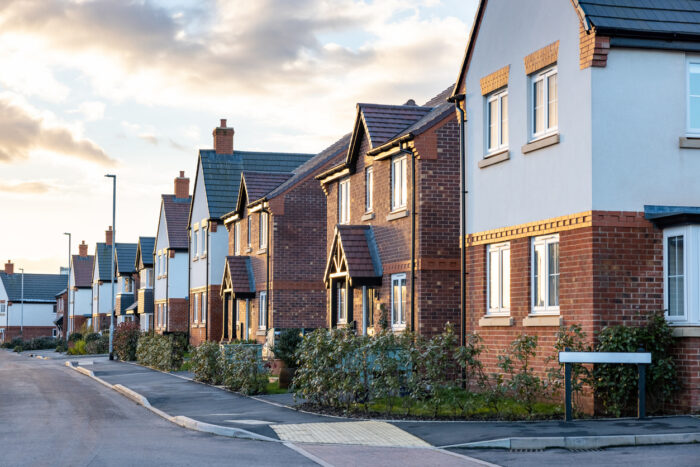
If you own a leasehold house and your landlord cannot be found, you might be wondering whether it’s still possible to buy the freehold. The good news is that the Leasehold Reform Act 1967 provides a clear route forward for leaseholders – even when the freeholder is missing.
Below, we explain the process and highlight recent case examples to show how missing freeholder applications work in practice.
Can I Buy My Freehold If the Landlord Is Missing?
Yes. Under section 27 of the Leasehold Reform Act 1967, leaseholders can apply to the County Court to acquire the freehold even if the landlord’s identity or whereabouts is unknown. If the court is satisfied that all efforts to locate the landlord have failed and the leaseholder qualifies under the 1967 Act, it can vest the freehold in the leaseholder and refer the case to the First-tier Tribunal to determine the price payable and approve the conveyancing terms.
What’s the Process?
1. Check eligibility:
You must meet the statutory criteria, including:
- The property is a “house” as defined in the Act.
- The lease is a long lease (originally granted for more than 21 years).
- The rent is a “low rent” (under £250 a year, or often a peppercorn).
- The tenancy falls within the financial limits set out in s.1(1) of the Act.
2. Attempt to trace the landlord:
Reasonable steps should be taken to locate the freeholder, such as:
- Checking Land Registry records;
- Making local enquiries, perhaps via a tracing agent;
- Advertising in appropriate publications.
3. Apply to the County Court:
If the landlord remains untraceable, the leaseholder can apply to court for an order under section 27 of the Act to have the freehold vested in them.
4. Tribunal determines the premium and terms:
Once the court makes the vesting order, the case is transferred to the First-tier Tribunal, which decides how much should be paid and approves the conveyance drafted by your solicitor.
Case Study: Crawshaw v Persons Unknown – 12 Pullman Crescent, Leeds – Case Ref: MAN/00DA/OAF/2024/0017
Mr Crawshaw, who bought a long lease of a house in 2018 from the holder of an intermediate leasehold interest for a period of 500 years, was unable to trace the freeholder of his modern detached house built in 2018. After a successful section 27 application to the County Court, the Tribunal:
- Determined the appropriate valuation basis as section 9(1) of the Act;
- Agreed with the valuer’s report submitted with the application;
- Set the premium for the freehold at just £258;
- Approved the draft transfer submitted with the application which provided for the Court to sign the transfer in place of the missing freeholder.
This case highlights how even a recently built property can qualify under the 1967 Act due to a historic lease, and how a minimal premium may be payable when the lease term is very long and the ground rent is nominal.
Case Study: Harding v Unknown – 2 & 4 Southgate, Elland – Case Ref: MAN/00CY/0AF/2024/0013
Mr Harding held two adjoining properties under 999-year leases from the 1890s with annual rents totalling £20.66. He was unable to trace the freeholder and applied to the County Court under section 27 of the Act.
The court vested the freehold interest in him and referred the matter to the Tribunal, which:
- Accepted the valuation of the freehold at £295;
- Determined that £123.96 in rent arrears (limited to the last six years under the Limitation Act 1980) should also be paid;
- Ordered a total sum of £418.96 to be paid into court being the premium payable and the rent arrears;
- Approved the form of transfer.
One thing that is noticeable about both cases is that the County Court originally heard the applications in March/April 2024 and it has taken until June 2025 to get the determinations on the terms from the Tribunal. This shows you the length of time that applications are currently taking so if you are thinking about doing this – our advice would be to take the 18-24 month timescale into account when factoring in when to get things started!
Why Secure the Freehold?
Acquiring the freehold gives leaseholders:
- Full ownership of their home;
- Control over maintenance and management;
- Greater ease when selling or remortgaging or extending a lease;
- Relief from escalating ground rents or lease-related restrictions.
How We Can Help
At Mayo Wynne Baxter, we specialise in leasehold enfranchisement, including complex cases involving missing landlords. Our team can assist with:
- Eligibility advice;
- Landlord tracing attempts;
- County Court and Tribunal applications;
- Valuation coordination and premium calculation;
- Drafting and completing the freehold transfer;
- Registration at HMLR.
Get in touch today if you want to buy your freehold and your landlord is nowhere to be found. We’ll guide you through the process with practical, expert advice every step of the way.


